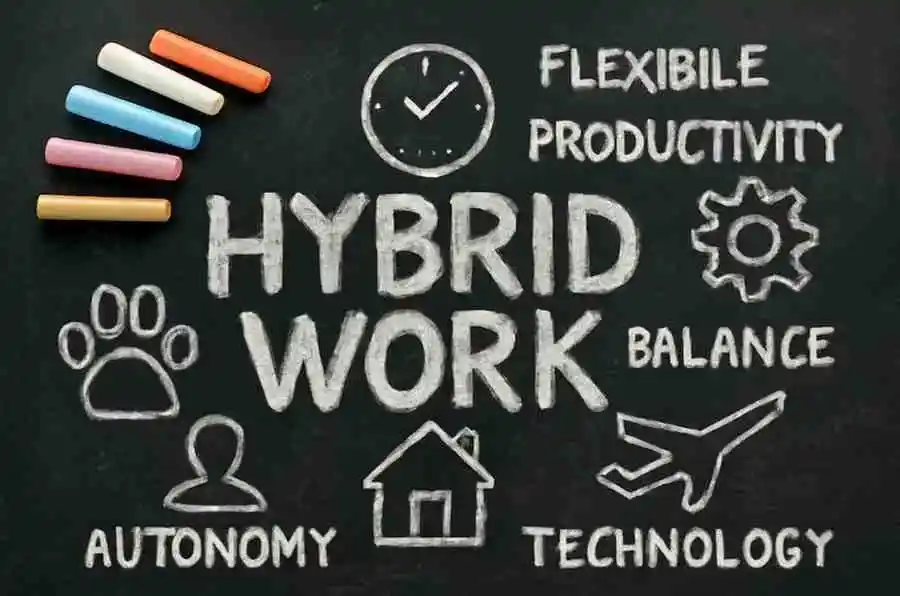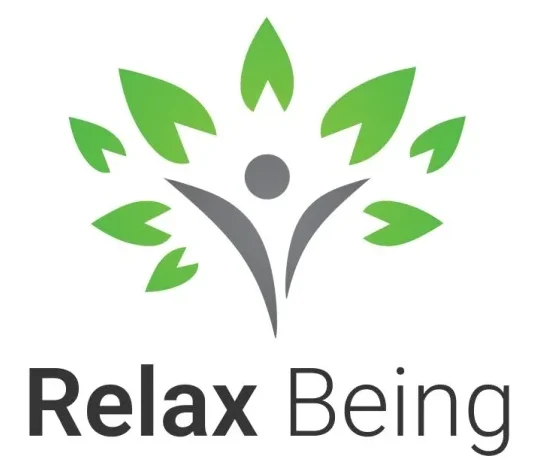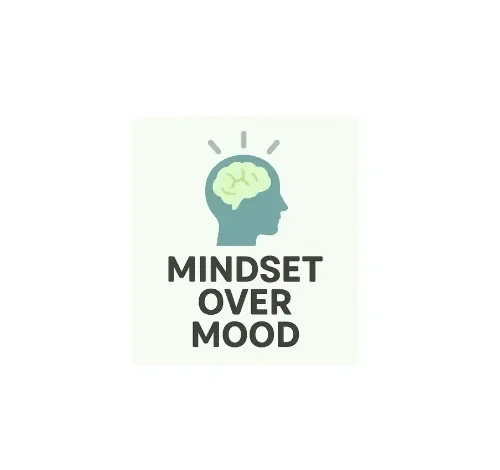
Hybrid Workplace
What is a Hybrid Workplace?
From my own experience working in a hybrid workplace, I’ve seen how this model gives employees the freedom to split their time between the office and remote locations. For example, some might spend three days a week in the office to attend team meetings or project kickoffs, while the rest of their tasks can be done remotely. This balance creates a rhythm where collaboration is still strong, but people can also focus without distractions.
What makes the hybrid workplace model more than just a trend is its necessity in today’s world. Employees value autonomy, and companies can tap into wider talent pools without forcing everyone through rush-hour traffic five days a week.
I’ve personally noticed how productivity rises when people feel trusted with flexibility. It’s not just about where we work, but about shaping an environment where both people and businesses thrive.
Why Does Employee Experience Matters in a Hybrid Workplace?
Employees today have more options than ever before, and if they don’t feel supported or appreciated in their job, they’ll quickly move to another company that offers a better employee experience. In a hybrid workplace setup, where face time is limited and spontaneous watercooler moments are rare, every touchpoint must be intentional.
From onboarding to ongoing recognition, I’ve seen how organizations that design experiences with empathy and clarity make employees feel truly seen. That’s exactly where the superpower of experience becomes a key advantage, one that helps with retention and makes it much harder for competitors to poach talents.
In my own work, I noticed that when career development is woven into the whole structure, it not only addresses immediate needs but also helps people find purpose in their roles. It is often more than perks; this is about creating an environment where one can grow with trust, not just survive. And when people don’t just see your company as a place for a job, but as the place they’ll want to stay, that’s what makes the hybrid workplace experience stand out.
.
Enhancing Employee Engagement in Hybrid Environments
In a hybrid workplace, the real heartbeat of success is how well employee engagement is nurtured. I’ve seen how employees who split their time between working in office spaces and dialing in from homes often crave a steady rhythm that helps them stay plugged in.
That’s why simple but essential practices like regular check-ins, team calls, and even short daily scrums are designed to give people a chance to stay actively connected. When leaders opt for transparent communication through town halls, virtual updates, or even open-door hours, it builds trust and makes the workplace more inclusive.
From my own experience, when managers set clear goals, offer examples of progress, and create rituals that feel consistent, employees become more motivated and start thriving. Small actions like peer-to-peer recognition during meetings or celebrating wins in scrums can turn into powerful traditions.
Over time, these moments keep the team aligned with a steady rhythm, making sure engagement doesn’t just happen it’s intentionally built into the flow of work. And when people feel connected, supported, and valued, that’s when the hybrid workplace truly thrives.
Employee Well-being and Hybrid Work
In today’s hybrid workplace setup, the line between the office and the living room often blurs, with a laptop always within arm’s reach. While this flexibility feels like a game-changer, it can sometimes be disguised as freedom but carries a sneaky downside: the fast pressure to prove productivity remotely.
I’ve seen colleagues fall into the always-on cycle, where boundaries blur and the risk of burnout or fatigue rises. Having experienced this myself, I learned not to sugarcoat the truth: without a clear strategy, this model can make even the most motivated employees feel drained.
That’s why keeping employee well-being at the front and center of a hybrid workplace is essential. Leaders should focus on encouraging clear boundaries, promoting mental health, and offering wellness programs that keep employees engaged, energized, and supported.
A thoughtful strategy that prioritizes people over just output becomes the real recipe for success. From my own practice, when teams feel cared for, the work culture transforms not into a disguised routine of endless hours, but into a sustainable rhythm that values both life and performance.
Role of R&R in Enhancing Employee Experience in Hybrid Workplaces
The Psychological Impact of Recognition
In a hybrid workplace setup, what often happens is that employees may feel their efforts start to fade when they are not seen in person. On a Zoom call, a webcam can show your face, but the deeper psychological need for recognition goes beyond simple visibility.
From my own experience working remotely, I noticed how quickly motivation can disappear when progress is not recognized. As Dr. Theresa Amabile, author of The Progress Principle, explains, recognition validates an effort, boosts morale, and builds confidence. It not only makes people feel appreciated, but also strengthens the emotional connection to work.
When recognition is offered consistently, its value cannot be overstated. It creates a safety net that allows people to take risks, innovate, and enter creative territory without the fear of retreat into a safer zone. I’ve found that even a simple acknowledgment during a team call can shift the brain’s response, making someone feel more engaged and driven. Recognition is not just about words; it’s about giving employees the courage to move forward, knowing their contributions matter.
Connection Between Recognition and Productivity
In today’s hybrid workplace environment, the way we celebrate achievements has become more dynamic and digital. I’ve seen how simple shout-outs on a social feed or even leaderboards can make recognitions feel accessible to everyone, no matter if they’re logging in from home, the office, a café, or even another country. This democratized approach not only highlights efforts in real-time but also keeps appreciation everywhere visible and alive, adding a spark of energy to daily routines.
From my experience, when leaders focus on showcasing wins and add a gamified touch, they inspire employees to go the extra mile. Recognition, when given openly and fairly, turns into a motivator that pushes people beyond just completing tasks; it builds pride and a sense of belonging.
I’ve watched team members light up when their contributions were noticed publicly, and that emotional lift often translates into higher productivity in a way no formal policy could achieve.
Types of Employee Recognition in Hybrid Workplaces
In my experience, recognition in a hybrid workplace setup has evolved far beyond the traditional top-down approach, as employees working across different shifts and at every level of the workplace now expect timely appreciation for their contributions.
With the rise of digital tools, there are new ways to recognize efforts, whether it’s through quick shout-outs in virtual meetings, personalized notes, or reward platforms that keep everyone engaged regardless of location. This change reflects how recognition is no longer limited to formal structures but adapts to modern work culture, making people feel valued in more authentic and meaningful ways.
1. Virtual Recognition Tools
In my own daily work, I have seen how recognition can feel more natural when tools like Zoom or Teams bring people together with simple waves or quick emojis. Modern platforms such as Slack or Vantage Recognition allow managers and peers to show personalized appreciation through digital badges, reward points, and even real-time feedback that fits smoothly into existing workflows.
What makes this powerful is how these solutions integrate seamlessly, into a Hybrid Workplace system, turning everyday check-ins into chances to highlight contributions. From my experience, when these gestures are woven into collaboration, they don’t just motivate individuals, they strengthen the entire team culture.
2. Peer-to-Peer Recognition
In my experience, peer-to-peer recognition in a hybrid workplace setup works best when it feels authentic and democratic, because it not only builds a strong team culture but also gives a real motivational boost. I once worked in a team where we had “Shout-out Fridays,” and it was amazing to see how a simple appreciation post on our social feed could encourage coworkers to publicly recognize each other. Such practices create a higher level of trust and belonging, making people feel valued and supported, even if they are working remotely or across different locations.
3. Team-Based Rewards
In a hybrid workplace, genuine Recognition is not only about the individual but also about how teams thrive when their collective efforts are celebrated. I have seen companies make use of digital gestures like surprise team lunches, thoughtfully curated wellness boxes, or even experience-based rewards such as virtual escape rooms where everyone can laugh and bond beyond work.
One company I worked with went further, arranging fun coffee brewing sessions for remote staff, which turned into a lighthearted ritual that people genuinely looked forward to. These small but creative touches remind people that appreciation is not limited to individuals; it flourishes when the whole group shares in it together.
4. Spotlight Moments in Virtual Meetings
In today’s virtual meetings, creating spotlight moments on platforms like Zoom during a call helps people feel truly valued, even when working miles apart. From my own experience, a simple shout-outs session done in real-time becomes a powerful form of recognition that not only keeps the flow of work positive but also feels more authentic and personal than generic praise.
By celebrating a project milestone or sharing behind-the-scenes effort, leaders can highlight employees in a timely way that reinforces a culture of appreciation. These small but real actions remind us that acknowledgement should never wait, and when done with sincerity, it builds stronger connections across every screen.
Best Strategies for Enhancing Employee Experience in Hybrid Workplaces
Implementing Flexible Work Schedules
In the post-2020 world, many employees realized the real value of flexibility in how and where they work, and I’ve seen firsthand how giving people the power to choose their location and rhythm can be truly empowering. Instead of rigid timetables, flexible scheduling now comes in many forms, from staggered start times to four-day workweeks, all designed to create a healthier balance between life and career.
What matters most is evaluating performance through output rather than fixed hours, which helps every individual find what suits their needs. When a team feels trusted to manage their own time, they naturally repay that trust with greater focus, stronger ownership, and long-term loyalty. A supportive space where people are allowed to work in ways that respect both their role and lifestyle is not just smart strategy, it’s the foundation of a workplace that truly thrives.
Fostering a Culture of Recognition
In hybrid workplaces, it’s easy for efforts to go unnoticed when visibility feels limited, but I’ve seen how building small rituals of recognition changes everything. By weaving appreciation into the everyday rhythm of meetings, whether through quick shout outs, thoughtful peer notes, or structured programs, people feel more connected.
Modern platforms that allow kudos to be shared in real time help leaders and colleagues celebrate not only the big wins but also the quiet behind-the-scenes hustle that often drives success. When such a culture is consistent, I’ve noticed teams become more engaged, loyal, and genuinely proud of their contributions, no matter where they are working from.
Encouraging Open Communication
In a hybrid workplace, creating space for both casual and structured touchpoints is crucial to keep communication flowing and ensure no one feels left out of the loop. I’ve often seen how hallway chats or quick desk-side check-ins can simply disappear when people are spread across locations, making it harder to build trust and maintain clarity.
That’s why I’ve found it helpful to design regular async updates in Slack or Teams channels, while also planning spontaneous moments like virtual coffee breaks to mirror those missing office rhythms. When these well-organized, intentional efforts are in place, the team starts to feel more connected, naturally more included, and better aligned, because both quick conversations and longer discussions find the right balance.



